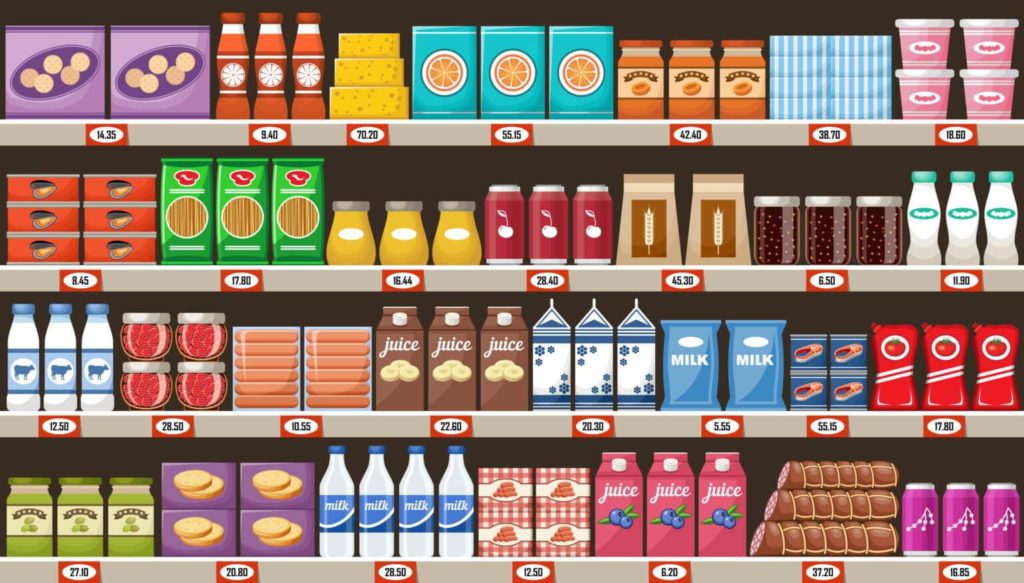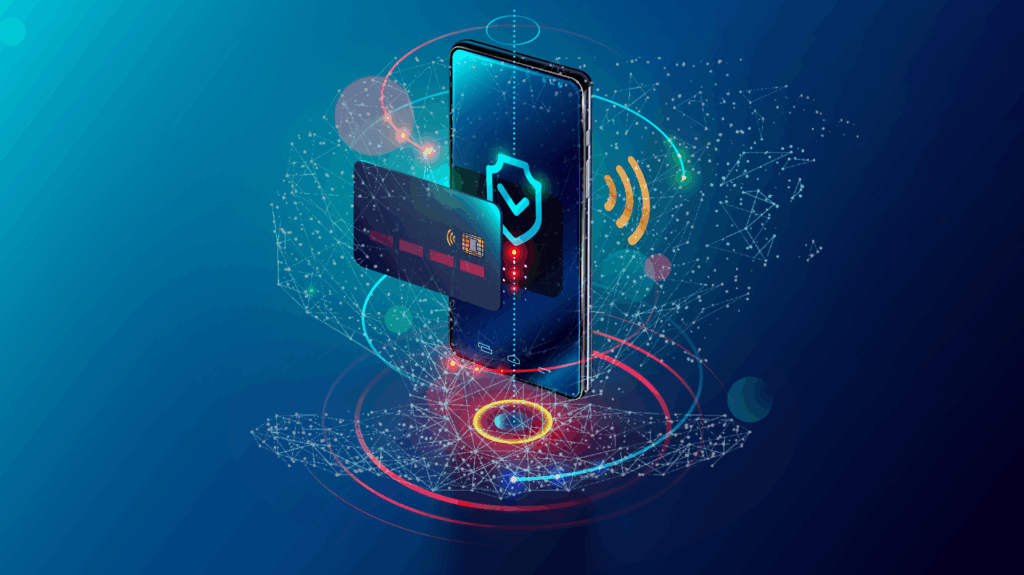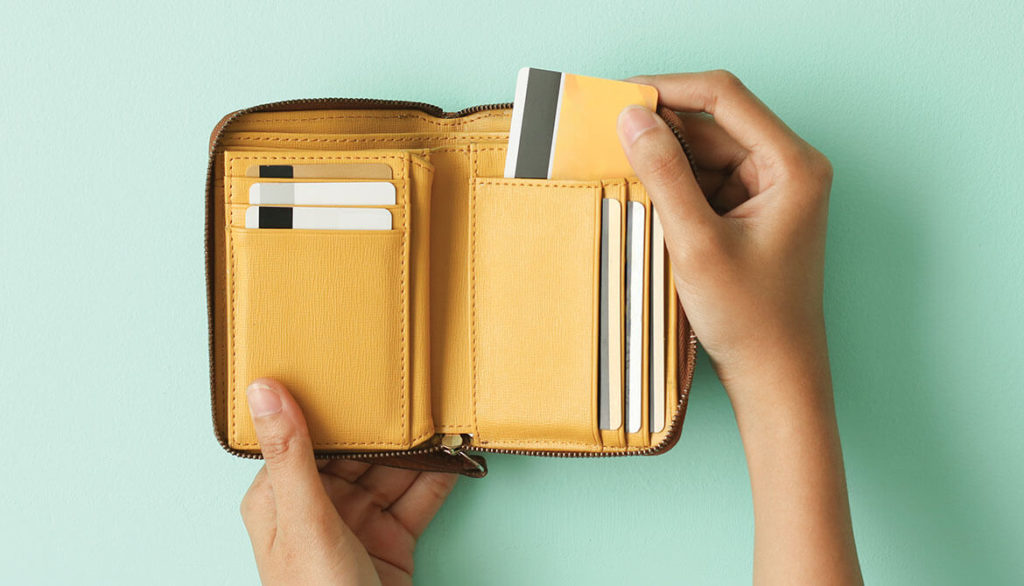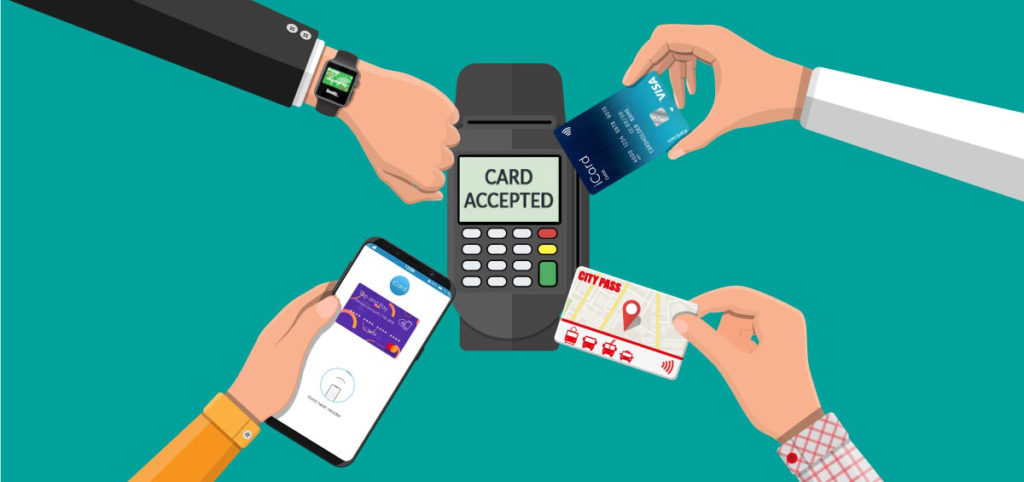Loyalty for CPGs and FMCGs: how to engage the end-customer

CPG and FMCG brands have long used loyalty marketing to identify individual customers who purchase their products in retail stores that are not directly controlled by them.
The earliest examples were vouchers or coupons that you could collect from cereal boxes etc. and send off for a prize. This can still be fun for kids, but most brands today are interested in more effective digital loyalty solutions which capture data from more customers, and quickly use that zero-party data for wider marketing purposes.
This article sets out a number of the more modern loyalty solutions currently available for consumer goods brands to identify the customer at (or after) the point of sale, and briefly lists the pros and cons of each approach.
The options in this article are grouped accordingly:
- methods which identify the customer from their payment method
- methods where the customer is manually identified at checkout
- methods where the customer identifies themselves following purchase
This is important because such consumer goods manufacturing brands typically don´t control the distribution channel for their products, and have little influence over the operations at the retailer or over their retail environments.
None of these approaches are perfect, but they all have their place depending on the brand’s scale, objectives, budgets, distribution channel, and target markets.
However, with the technologies now widely available, and with many of the approaches well-established and proven, most CPGs and FMCGs may now consider how to embrace loyalty solutions to augment any retail and direct-to-consumer channels they control.
Ways to identify the customer from their payment
- Card-linking – where the customer has to use a registered payment card for the purchase at participating retail locations
Card-linking works by the customer linking their chosen payment card to their account in your loyalty program.
This approach can be implemented fairly quickly, and the customer does not need to consciously identify themselves at the retailer. The customer simply uses the registered payment card, and the payment network (like Visa or Mastercard) sends you a record when the member makes a purchase at one of the participating retail locations.
There are limitations to this approach.
When the purchase is spotted in the payment network, nobody knows what portion of the amount spent was on your products versus any other items in the shopping basket. So you may know the customer likes your brand, but not necessarily which product(s), or in what quantities.
Also, only a portion of customers will trust the company enough to register their payment card.
And finally, you have to pay a third-party company 5 to 10 cents per transaction to monitor for card-linked transactions in the payment network – reducing the amount of reward value that can be offered to customers.
- Mobile wallets – where your own payment wallet, or other wallet operators such as Google Pay, Apple Pay etc. detects the transaction
This is a twist on card-linking where the member links their loyalty account to a mobile wallet, rather than to a payment card.
In this case, the mobile wallet operator reports the amount spent, rather than the payment network – thus potentially avoiding higher fees that eat into the benefits received by the member.
Since customers are spending using their mobile wallets anyway, this makes it a zero-effort solution for the end-user; they simply need to associate your loyalty membership ID to their wallet of choice. It also introduces the possibility of interaction before, during, or after the shopping trip – i.e., the wallet could surface an offer notification which gives the customer instant gratification.
The disadvantages of this are that many customers are not going to want to install another mobile wallet on their phone and you will not know what portion of the amount spent was on items other than your own.
Of course, this approach requires that your company interface to the mobile wallet – which has its own challenges, though these can be circumvented with…
- A PassEntry token for mobile wallets – enabling interaction with Google Pay or Apple Pay, via a token in the wallet that is understood by the payment terminal
What could work more seamlessly is to use a feature from PassEntry that monitors what is spent at approved partners via existing iPhone, Samsung, or Google wallets, and reports the transaction.
Of course, this also comes with third-party technology costs, but it saves upfront investment needed to integrate with these wallets.
Using the POS to identify the customer at checkout
- Identifying members via the retailer’s POS system – relying on an integration between the POS and your loyalty platform
The advantage of integrating your loyalty platform with the POS (or having Currency Alliance do that on your behalf) is that you can identify members at checkout and introduce offers – potentially knowing exactly what products of yours the customer bought.
The drawbacks include the integration effort. Many retailers are not going to be able to prioritize this just for your loyalty program members unless they get something substantial in return. SME retailers are going to have little control over or the technical resources to implement a POS integration.
- Introduce a webapp that can run in parallel to the POS – webapps can run in any browser on any device and do not require POS integration
To avoid the need to work with payment networks, payment terminals and/or the POS you can deploy a webapp that runs in parallel to the POS and can be used to identify the customer, record how much was spent (possibly just on your products), and automatically report the transaction back to the loyalty system.
Adding 5+ seconds by using a separate webapp at checkout is unattractive for high volume retailers, but for the majority, the greater customer satisfaction is worth adding a bit of time to recognize the customer.
Most retailers will only accept these changes to their operations if there is something in it for them, and even then, you either rely on their staff to ask the customer if they want to earn points when they sell one of your products or your members need to request that they can earn the points.
A webapp developed by Currency Alliance is the Universal Points Terminal – a webapp that can run on any POS or other device in the retail location that supports a browser.
Setting up new partners takes less than 10 minutes and there is no integration effort required.
The Universal Points Terminal (UPT) can identify customers at the POS by scanning a QR code or bar code presented in your loyalty application, or by the sales clerk entering the membership ID and amount spent on qualifying products.
How the customer can identify themselves after purchase
- Scanning the receipt – where the customer reports their own transaction in expectation of earning points or other reward
Receipt scanning has existed for decades, but with new AI capabilities, it is becoming much more scalable
If you operate a loyalty app, the customers could use that to take a photograph of their purchase receipt. This would give you the exact amount spent on your product at many different participating retailers, and even tell you what other products the customer is purchasing.
The cost of this solution has come down a lot and AI is helping reduce the setup cost, but the risk of fraud is material, if people are getting other’s receipts and submitting them as their own to earn more points.
- Unique codes on product packaging – which the customer photographs or scans in their own time
A less fraud-prone approach would be to print unique codes on your product packaging which the customer can enter into their loyalty apps or a general website.
- Personalized QR codes on receipts – enabling greater personalization
In theory, personalized QR codes could also be printed on a store receipt. Some retailers now do this for their own loyalty programs, pushing the QR code through to the receipt printer at the point of sale.
*
Whichever approach you prefer, the key is that the retailers in your distribution channel need to be real partners and want to participate in brainstorming ways to drive greater customer engagement and incremental revenue. They also have to possess the operational competence and technical sophistication to deploy potential solutions.
Loyalty solutions for manufacturing brands to reach consumers worked relatively well in a non-digital world, because your products were the center of attention.
But in a digital world with time-starved customers and thousands of distractions, the bottom line is that it is tough to directly engage the end consumer OR get the larger retailers to bother with a collaboration – so you need to technology to make this as effortless and productive as possible.
We drafted this summary to share possibilities, and while all of them have associated constraints, it is still worth trying to get a portion of your end-customers engaged in loyalty marketing. The by-product will be greater share of wallet and more insights about the people you indirectly sell to.
Feel free to contact Currency Alliance if you would like to brainstorm any of these alternatives in greater detail. We are an API -first solution, so have integrated into many leading POS systems, but we also provide our clients with various workarounds if the POS integration is too challenging.





